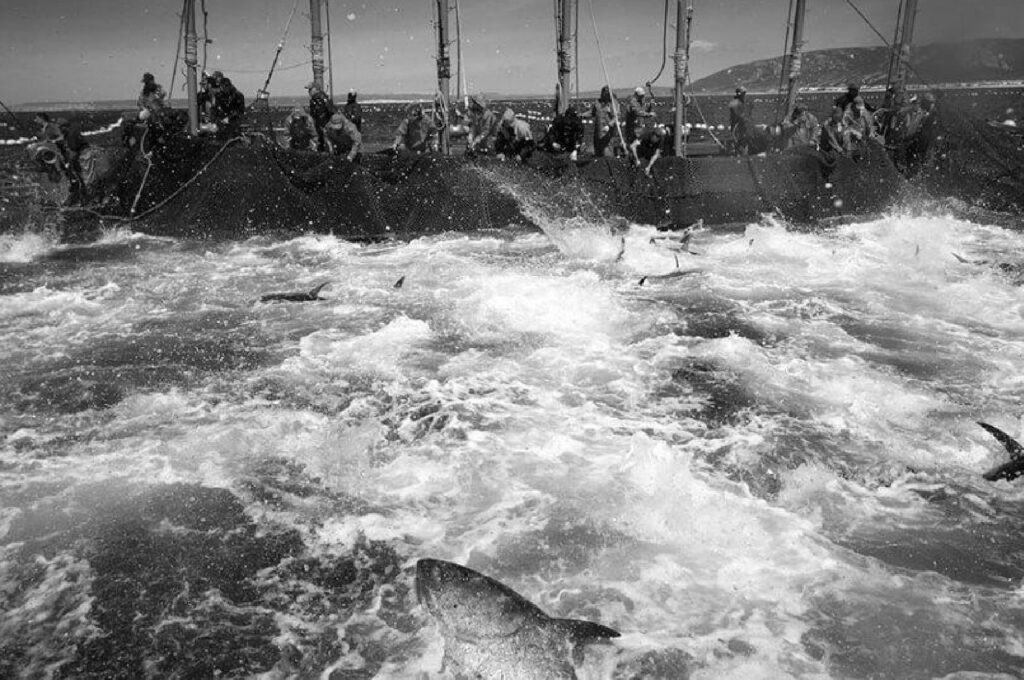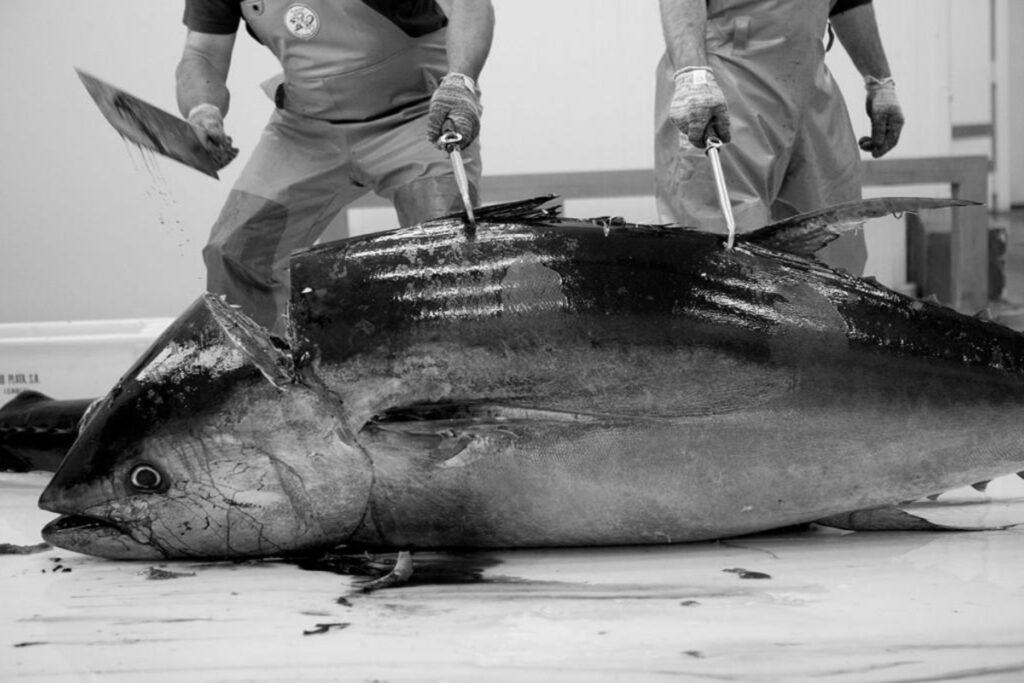
3,000 years legacy
Almadraba fishing method
The Almadraba fishing gear has remained practically unchanged for more than 3,000 years. Catches depend on the abundance of the resource and climatological factors such as cleanliness, transparency, water temperature, moon phase, tides, winds, etc. without the use of means to artificially increase catches. The Almadrabas begin to be set about two months before the start of the fishing season. It is a fixed gear of vertical nets that are held in place on the surface with floats and are fixed by thousands of metres of steel cables that are linked to anchors.
- Selective Catch: Only a small portion of tuna is caught near the coast.
- Scientific Tool: Used to study tuna populations and migration.
- Sustainable Method: Ensures care and consistent quality yearly.
Why People Believe in Us!
The Legacy and Impact of Our Tuna
3,000 years of tradition, ASASE’s wild bluefin tuna is not just a product it’s a story. From the selective Almadraba fishing method to the 24 precise cuts during the ronqueo, every number tells a tale of quality and heritage.
The Ronqueo
the traditional art we use to cut the tuna
Ronqueo is the traditional cutting of bluefin tuna. The word ‘ronqueo’ comes from the noise that the knife makes when it rubs against the fish’s backbone. It is a manual cut that is made by parts according to the degree of fat content of the muscle and not necessarily following the plans of differentiated muscle pieces. The different parts of the Bluefin Tuna are removed from the ronqueo, both for fresh consumption and/or subsequent deep-freezing, and for the production of processed products, such as salted and canned products. A total of 24 pieces are extracted, practically 100% of the product is used. Each cut is a texture, a flavour, an experience.
- Traditional manual tuna cutting
- Full use, zero waste
- 24 unique cuts extracted
- Fresh or deep-frozen options


